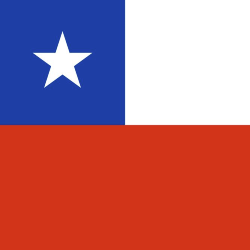What are nutria, and how could they possibly be a problem?
The nutria, also known as a coypu or swamp beaver, is originally from South America. But the semi-aquatic mammal has managed to spread far beyond its native wetlands, infiltrating swamps and riverbanks across North America, Asia, Africa and Europe.
It first came to Europe in the 19th century, introduced by entrepreneurs looking to capitalize on the success of Argentina's fur farming industry. Today, though the fur trade has dwindled since its 20th-century heyday, nutria have flourished.
Local populations, descended from animals who escaped from farms or were simply allowed to run free, are now well established across most of the European continent. They've even been spotted as far afield as Ireland and Scandinavia.
With coarse, dark brown fur, webbed rear feet and large front teeth, a nutria could, at first glance, be mistaken for their distant cousin, the beaver. But with an adult weight between 4 and 9 kilograms (roughly 9 to 20 pounds) and a maximum length of 60 centimeters (23 inches), they are much smaller.
Instead of the beaver's........






















 Toi Staff
Toi Staff Tarik Cyril Amar
Tarik Cyril Amar Jeffrey Bernstein Ph.d
Jeffrey Bernstein Ph.d Sharona Margolin Halickman
Sharona Margolin Halickman Gideon Levy
Gideon Levy Maryam Aldossari
Maryam Aldossari Sabine Kinkartz
Sabine Kinkartz Andrew Mitrovica
Andrew Mitrovica Tafi Mhaka
Tafi Mhaka Jennifer Gerlach Lcsw
Jennifer Gerlach Lcsw Maximilian Hess
Maximilian Hess
